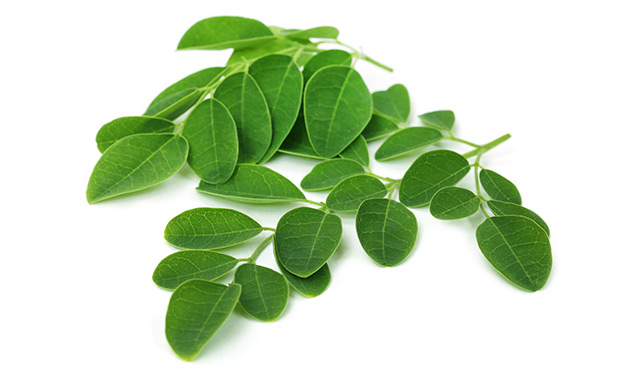
Both inflammation and pain can cause severe problems if left untreated. Acute, chronic, and long-standing pain can alter the nervous systems, while inflammation can cause organs to fail or even lead to death.
They are treated using corticosteroids, non-steroidal anti-inflammatory drugs (NSAIDs), and opiates. However, constant use or large doses of the analgesic and anti-inflammatory agents can cause toxicity and ill effects like addiction, gastrointestinal problems, kidney problems, peptic ulcer, and respiratory depression.
Researchers – like the team from Addis Ababa University (AAU) in Ethiopia – sought out alternative remedies derived from medicinal plants with reported analgesic and anti-inflammatory effects. They were looking for new compounds from those plants that could be used to safely and effectively treat symptoms.
Ethiopia contains thousands of species of plants, many of which are beneficial or medicinal. Most Ethiopians continue to rely on traditional medicine methods that use plants.
One such medicinal plant is the "cabbage tree," which should not be mistaken for the similarly-named but very different New Zealand tree species. Its leaves are boiled in water to make an extract for treating headaches, hypertension, malaria, and stomach pain.
An earlier study showed that the crude leaf extract of the cabbage tree could suppress inflammation and reduce pain. The AAU researchers decided to evaluate these activities in the different solvent fractions from the leaves. (Related: Curcumin combined with boswellic acid scientifically shown to be a treatment for patients with osteoarthritis.)
Testing different fractions of the cabbage tree for pain and inflammation relief
The researchers collected fresh leaves from cabbage trees for processing. Three different types of fractions were produced using different solvents: A chloroform fraction, a methanol fraction, and a water-based aqueous fraction.
Each cabbage tree fraction underwent screening tests to identify their phytochemical content. They were also tested for toxicity by giving a 2,000 milligrams per kilogram (mg/kg) dose to mice, which were observed over the course of 14 days.
Next, the researchers created the three animal models – acetic acid-induced writhing, carrageenan-induced paw edema, and radiant tail flick latency – using mice. The writing and tail flick models tested analgesic activity, while the paw edema model tested acute inflammatory response.
The control group received a placebo. The animals in the positive control group for the radiant tail-flick model were given morphine, while the mice in the writhing and paw edema models got aspirin.
The treatment groups received 100, 200, or 300 mg/kg doses of the three different cabbage tree fractions. This was to compare the activities of the aqueous, chloroform, and methanol fractions.
Aqueous extract of cabbage tree shows promise as anti-inflammatory and analgesic
In the cytotoxic test, the AAU researchers reported that all three fractions did not cause negative or ill effects in the mice. This suggested that the cabbage tree fractions are unlikely to be hazardous based on World Health Organization (WHO) classifications.
In all models, the only dose of chloroform fraction that showed any effect was the 400 mg/kg treatment. All three doses of the aqueous and methanol fractions were shown to be effective anti-inflammatory agents, central analgesics, and peripheral analgesics.
Furthermore, the pain-relieving activity of the 200 and 400 mg/kg doses of the aqueous extract was comparable with the morphine treatment in the tail flick test and the aspirin treatment in the writhing test. The researchers recommended further investigating the chemical constituents of the cabbage tree.
You can read more about natural means of pain relief at AlternativeMedicine.news.
Sources include:
Please contact us for more information.























